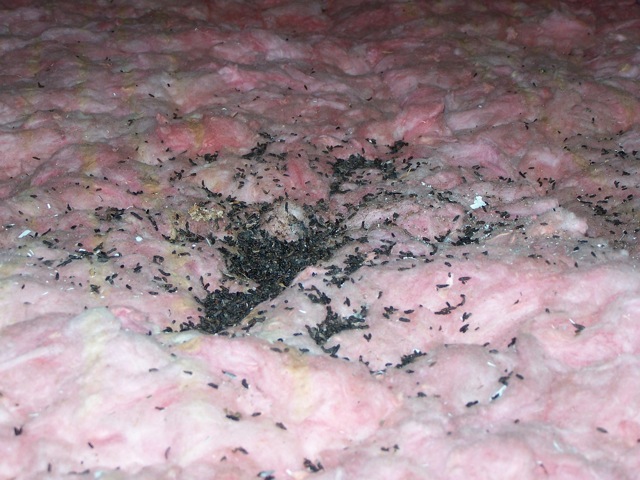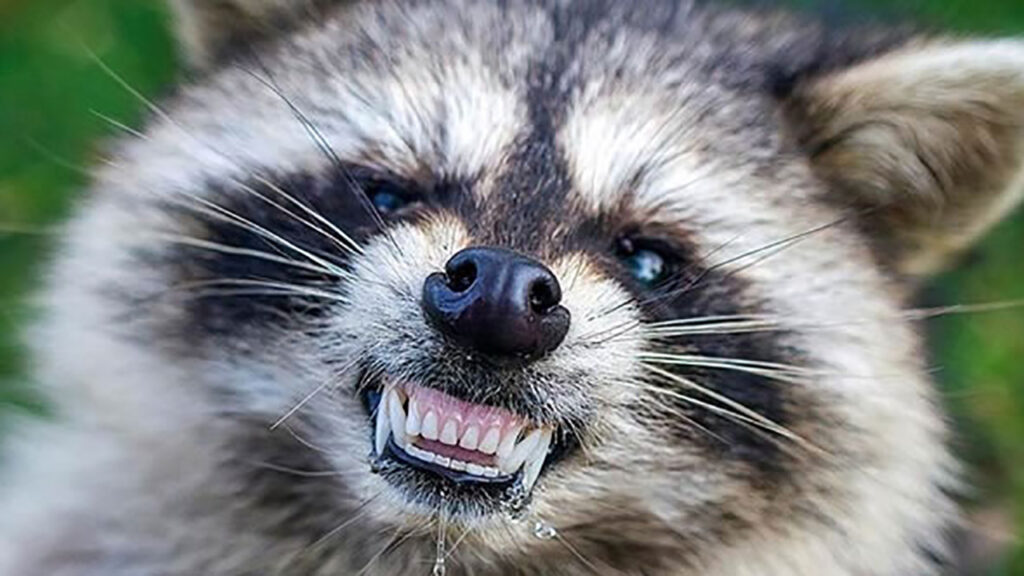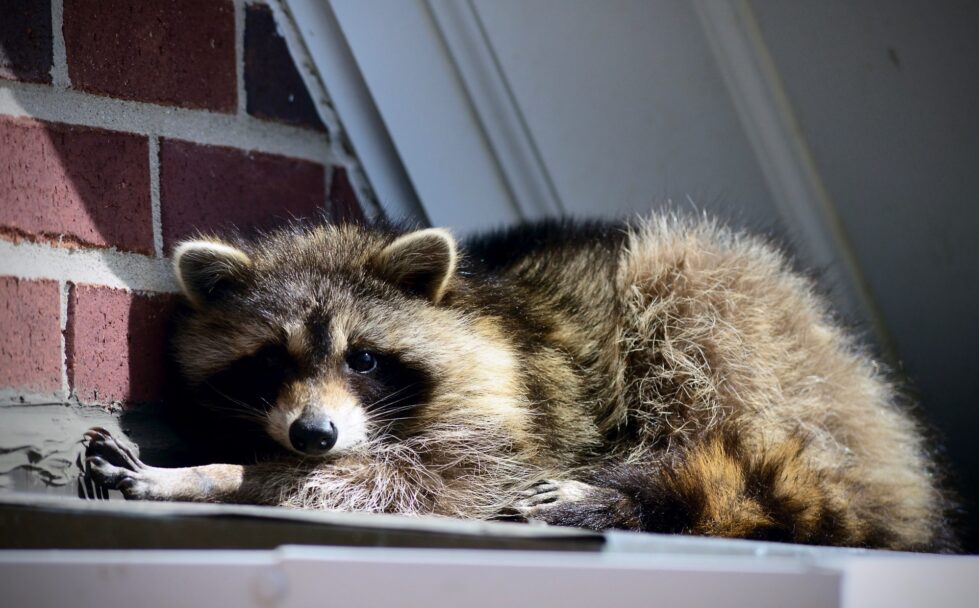Squirrels, raccoons, and rodents can carry diseases and chew through wires in the attic. Here’s how to remove wildlife from the attic without causing harm. To prevent further infestation, take steps to correct conditions that attract nuisance wildlife animals. If you still have a problem with them in your attic, call in professionals to help with removal.
Common Animals Found in Attics
Birds, Pigeons
Birds and pigeons love to make nests in vents and attics. If a pigeon enters your attic, it is most likely because they had access through holes in the roof or vents.
If birds are in your attic, you can open a window and hope they leave. If there is no window, you may have to wait for them to leave on their own when they get hungry, which means waiting for a long time! When they do leave, make sure that the entry hole is repaired so that it does not happen again!
Our team at Professional Wildlife Removal are experts in bird removal and control. We implement the most humane methods and products on the market, to ensure your bird problem is dealt with effectively, efficiently, and humanely.
Rats
Rats often live in attics. They need water, so they prefer to live near a steady water supply. One way to get rid of rats and mice is by using old-fashioned wooden snap traps or other bait traps. The most effective rodent control requires an integrated approach that includes rodenticide, rodent proofing, harborage reduction, trapping and increased attention. Many wildlife removal specialists or pest control companies are trained to handle these types of pest animals.
Bats
Bats will get inside your home rather easily due to their size; in fact, they can fit through holes that are smaller than a finger!
Some bats may come in your house if a pregnant bat has given birth. If you have openings around your house, the bats will come in. They want to find a warm place to live and this is an easy opening for them. Sometimes, bats will make colonies with other bats and they will all come into your attic through an opening that is not safeguarded.
It is very important to have your home inspected by a professional wildlife removal expert to assess your home’s integrity and seal areas that make it vulnerable to wildlife and pests. Bats are incredible for the ecosystem, but bats become a real problem when they get into your attic.
Possums
Possums are avid climbers and can easily climb up and live in the attic. They make a mess and leave smelly droppings. You can remove possums by trapping them and then removing them from your attic. If it is illegal to trap possums in your state, Wildlife Pros can help you figure out what to do next.
Raccoons
Raccoons can come in through holes in the roof. They can rip shingles off and chew holes. To deter raccoons from making a home in your attic, turn on a bright light and radio to make it unpleasant for them to stay. For a more effective approach, we recommend calling in wildlife control experts to perform an exclusion service.
Exclusion services provide effective, long-term methods to help physically keep wildlife and pests from entering your building. A professional will seal holes and cracks to stop pests like cockroaches, rodents, and larger wildlife from accessing areas in your home, attic, or property.
Squirrels
Squirrels make a noise that sounds like scampering. The noise means they are in your attic or walls. They will eat insulation near the eaves of your house to stay warm. Look for missing insulation and find where the squirrels are coming from.
Install metal mesh over the entry holes so they can’t get in anymore, but leave a single one-way hole open so they can escape out of it. If you don’t do this, the squirrels will not be able to leave and will make a mess of your home or attic! Squirrel removal is probably one of the most common wildlife removal services due to the abundance and tenacity of squirrels.
Damage Squirrels Can Do
- Chewed Wiring: Squirrels commonly chew on electrical wires which could affect your home’s telephone, cable services, and ultimately your power source.
- Damaged Insulation: this will require replacing the insulation
- Leaking Roof: Squirrels can cause damage to roofs by chewing holes in shingles and sheeting.
- HVAC Problems: Squirrels can also cause problems with ventilation systems by chewing holes in the ductwork. Commonly ductwork runs through the attic area of the home, and holes within this system will compromise the ability to effectively heat and cool the home.

Do you have squirrels, mice or raccoons in your attic? Here’s how to find out.
Signs Animals are Living in Your Attic:
- Droppings or urine are present
- You’ll hear something crawling around, bumping or scratching!
- You’ll find nests made of paper, leaves, and twigs (squirrels, rodents, birds all do this)
- Insulation is moved
- Ducts are ripped apart
How to Remove Wildlife Animals from Your Attic
Stay away from the animal. Keep children and pets away from it so they don’t get bitten. Wild animals can carry rabies, so make sure you avoid touching the animal and keep your distance. Raccoons and squirrels are cute, but they will scratch or bite if trapped or threatened! According to the CDC, raccoons are the second most common wild animal to carry rabies.

If an animal gets inside your house, let it come out on its own. Open any doors and windows that are closed and turn on the lights so the animal can see better. Do not block its way when it is trying to leave. If you have touched the animal, call a professional wildlife removal specialist to remove it. Assess your level of risk of getting a disease from touching the animal by a doctor or professional.
If you know that all of the animals are gone and out of your attic, you can then block their way in. If you find a hole, go to a store and buy animal guard and install it to prevent re-entry.
Call a wildlife removal specialist. Trapping and removing wildlife from your attic isn’t easy, or safe. Your wildlife removal specialist knows how to safely get rid of animals in your attic.

